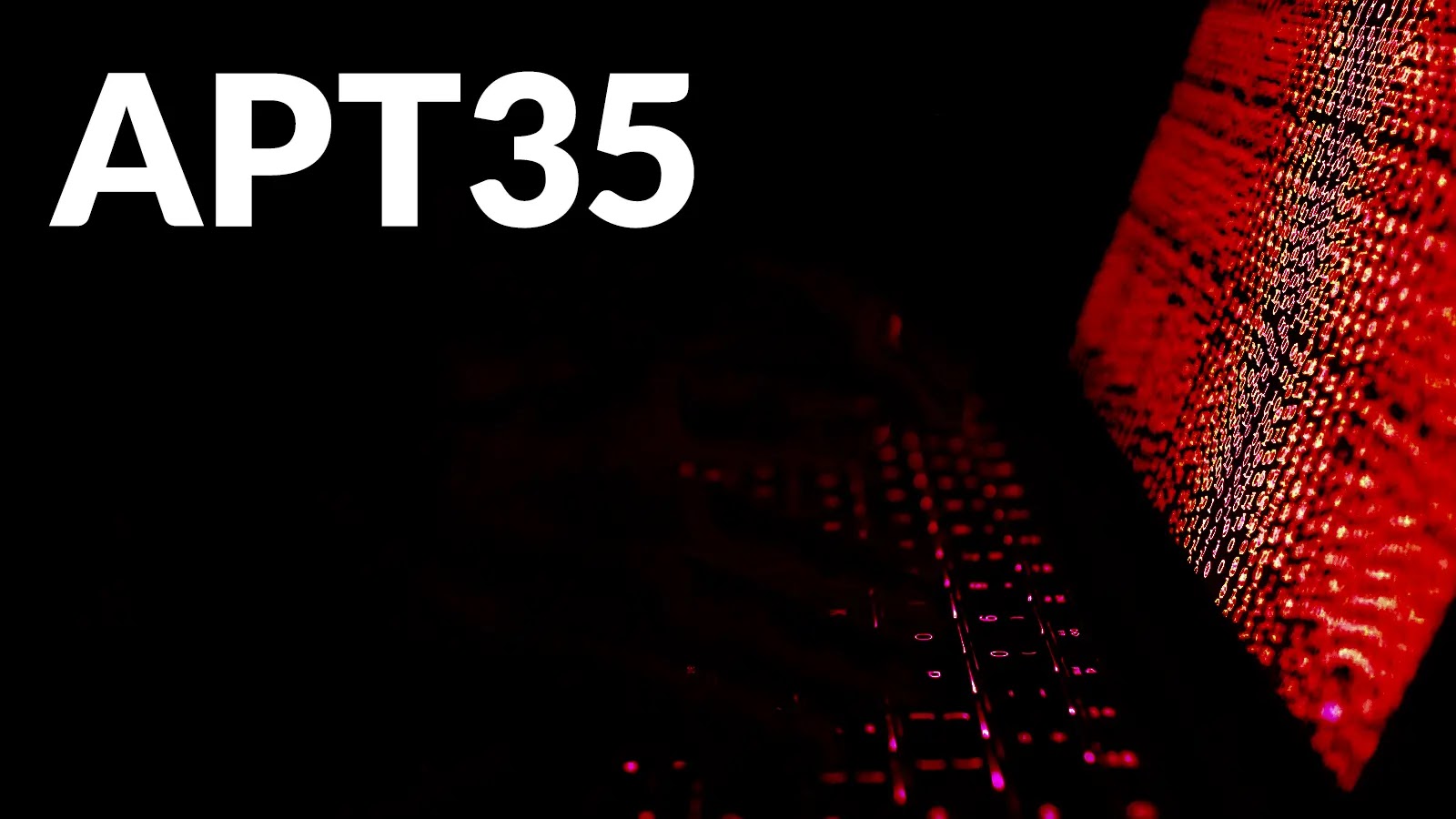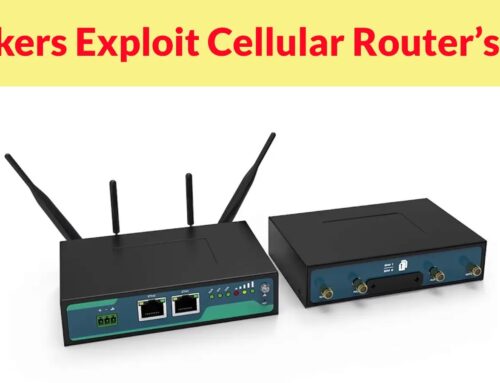
APT35 Hackers Attacking Government, Military Organizations to Steal Login Credentials
In the high-stakes realm of international cybersecurity, a new alarm has been sounded. The Iranian-aligned threat group APT35, also known by monikers such as Charming Kitten, Phosphorus, and Ajax Security Team, has significantly ramped up its malicious activities. Recent intelligence indicates a surge in targeted intrusions specifically aimed at discerning government and military organizations globally, with the explicit goal of pilfering crucial login credentials.
APT35’s Escalated Credential Theft Campaign
The latest campaign, first identified in early 2025, marks a sophisticated evolution in APT35’s operational tactics. This not only signifies their persistent threat posture but also underscores their increasingly advanced capabilities. Unlike opportunistic cybercriminals, APT35’s attacks are highly targeted, reflecting a clear strategic objective: intelligence gathering and espionage through unauthorized access to secure networks.
Understanding the Attack Vector: Spear-Phishing and Custom Malware
Initial analysis reveals that the primary delivery mechanism for these incursions centers around meticulously crafted spear-phishing emails. These emails are designed to appear legitimate, often impersonating trusted entities or individuals to trick recipients into compromising their systems. A critical component of these attacks is the attachment of HTML files, which, when opened, initiate the infection chain.
Within these HTML attachments lies custom-built malware. This bespoke malicious software is specifically engineered to bypass existing security measures and execute its core function: the harvesting of user credentials. The efficacy of custom malware lies in its ability to evade signature-based detection, making it a formidable challenge for conventional antivirus solutions. While specific CVEs related to these custom tools are still under investigation and analysis, the operational footprint is clear: gain a foothold, exfiltrate credentials, and establish persistent access.
Impact on Government and Military Networks
The implications of successful credential theft within government and military organizations are severe. Compromised login credentials can lead to:
- Unauthorized access to sensitive databases and classified information.
- Disruption of critical operations and services.
- Espionage and intellectual property theft.
- Further lateral movement within compromised networks, leading to broader system takeovers.
- Exfiltration of strategic planning documents, personnel data, and weapon systems information.
Remediation Actions for Enhanced Security
Organizations, particularly those in the government and military sectors, must implement robust and multi-layered security strategies to counter threats like those posed by APT35. Proactive measures are paramount to safeguarding sensitive data and critical infrastructure.
- Employee Training and Awareness: Conduct regular and comprehensive training on identifying sophisticated spear-phishing attempts. Emphasize the dangers of opening unsolicited attachments, especially HTML files, and clicking suspicious links.
- Multi-Factor Authentication (MFA): Implement mandatory MFA across all accounts, particularly for accessing sensitive systems and applications. This adds a critical layer of security, even if credentials are compromised.
- Email Gateway Security: Utilize advanced email security solutions that can detect and quarantine malicious attachments, including sophisticated HTML-based payloads, before they reach user inboxes.
- Endpoint Detection and Response (EDR): Deploy EDR solutions to monitor endpoints for suspicious activity, detect custom malware, and respond to threats in real-time.
- Network Segmentation: Implement strong network segmentation to limit lateral movement within the network, even if a part of the system is compromised.
- Regular Penetration Testing and Vulnerability Assessments: Continuously assess network weaknesses and perform simulated attacks to identify and remediate potential entry points for threat actors.
- Threat Intelligence Integration: Subscribe to and integrate high-fidelity threat intelligence feeds to stay updated on APT35’s tactics, techniques, and procedures (TTPs) and proactively configure defenses.
- Principle of Least Privilege: Enforce the principle of least privilege, ensuring users and applications only have the minimum access rights necessary to perform their functions.
Conclusion: Fortifying Defenses Against Persistent Threats
The APT35 campaign serves as a stark reminder of the persistent and evolving threats facing government and military entities. Their targeted approach, leveraging spear-phishing and custom malware to steal login credentials, highlights the need for continuous vigilance and proactive security measures. By adopting a comprehensive defense-in-depth strategy, including robust technical controls, ongoing employee education, and a strong security posture, organizations can significantly enhance their resilience against sophisticated state-sponsored adversaries like APT35, safeguarding national security and critical digital assets.





